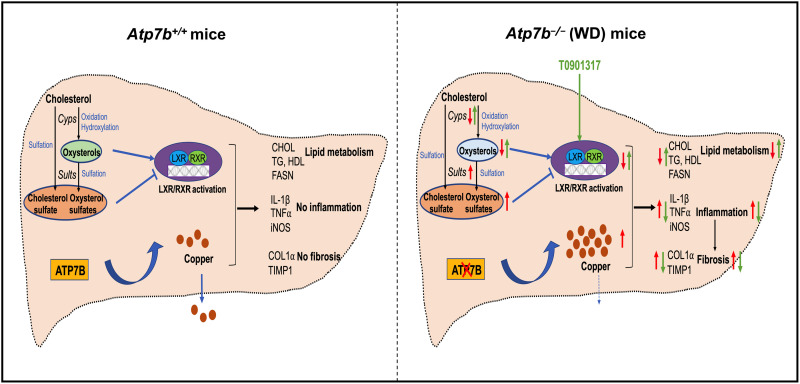Fig. 8. Proposed model of LXR inhibition by oxysterol misbalance contributes to inflammation and fibrosis in murine WD.
Under normal conditions, functional ATP7B maintains Cu homeostasis. Inactivating mutations of ATP7B cause Cu accumulation. Cu-induced oxidative stress causes sterol misbalance by down-regulating OHC (via Cyps) enzymes and up-regulating sulfotransferases (Sult1e1, Sult1a1, and Sult1b1), which inhibit LXR in murine WD. Activation of LXR/RXR using T0901317 reverses liver inflammation and fibrosis and partially improves liver function in advanced WD. In addition, lipid functions are improved despite Cu overload. Significant decreases in inflammation and fibrosis are primarily mediated by changes in the abundance of the protein components of the noncanonical TGFβ signaling pathway. Red arrows indicate the disease state, and green arrows indicate the effect of the LXR agonist.

